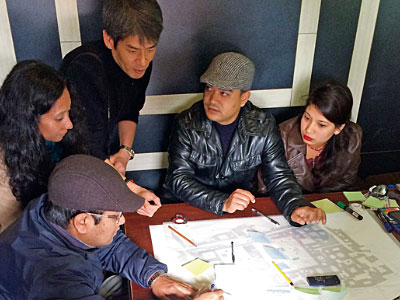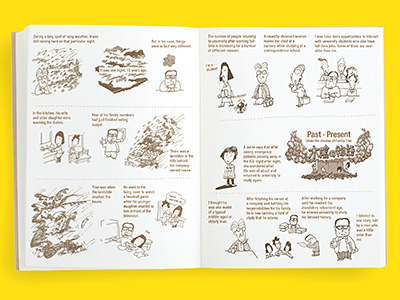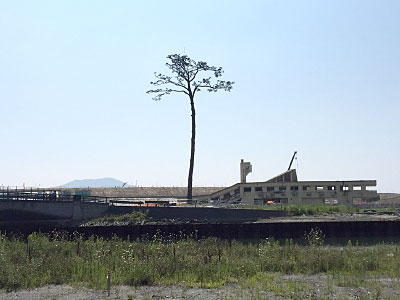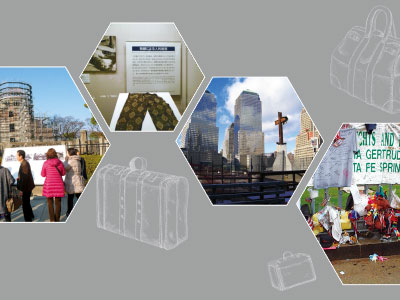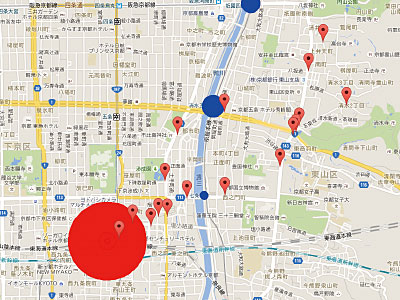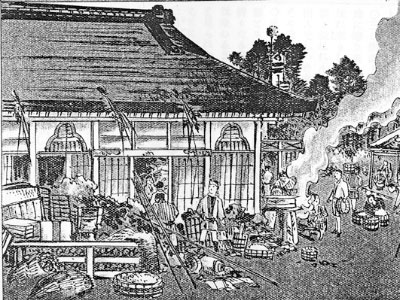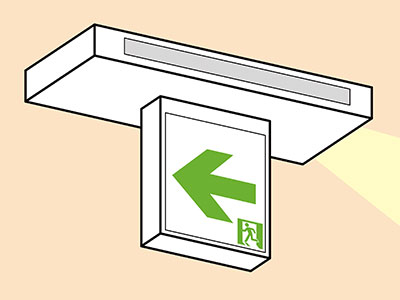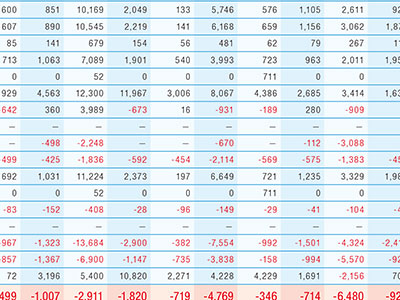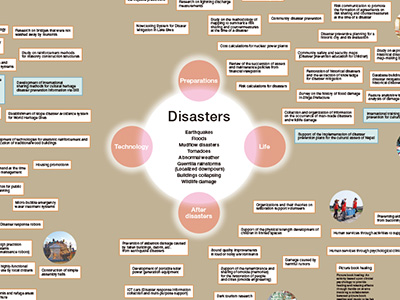STORY #9
Visiting humanity's "negative heritage" to grieve and pray
Hideki Endo
Professor, College of Letters
What is "dark tourism" in places where a disaster has occurred to focus on and share in sorrow with victims?
As a place to vividly communicate the horror and tragedy of the atomic bomb, the Atomic Bomb Dome in Hiroshima Prefecture has been visited by Japanese and foreign visitors for more than 70 years since the end of WW2. In addition to war sites, there are many examples of places that display the sorrowful memories of people's experiences of natural disasters that have also become tourist destinations over time. Tourism that involves visiting this kind of example of humanity's "negative heritage" is known as "dark tourism." It is now coming into the limelight. Hideki Endo, who studies sociology of tourism, is one of researchers paying attention to dark tourism.
With a preliminary note explaining that since "the history of this research is still relatively short, researchers have not reached a consensus about its definition." Endo explains that dark tourism is the "act of traveling to places linked with death and suffering, such as disasters or wars" or "visiting the sad memories of humanity." For example, it is the act of visiting places connected to death and suffering that were caused by human hands, such as war, terrorism, social discrimination, political suppression, pollution and accidents. The Auschwitz-Birkenau concentration camp, where Nazi Germany slaughtered countless numbers of Jewish people during WW2, is registered as a UNESCO World Heritage Site or negative World Heritage Site.Many people visit the site of the World Trade Center, which was flattened by the September 11, 2001 terrorist attacks. It is also called Ground Zero in the US. Tours to places linked with the death and suffering caused by earthquakes or fires are also considered dark tourism. Visits to the Disaster Reduction and Human Renovation Institute established following the Great Hanshin/Awaji Earthquake of 1995 is one such example.
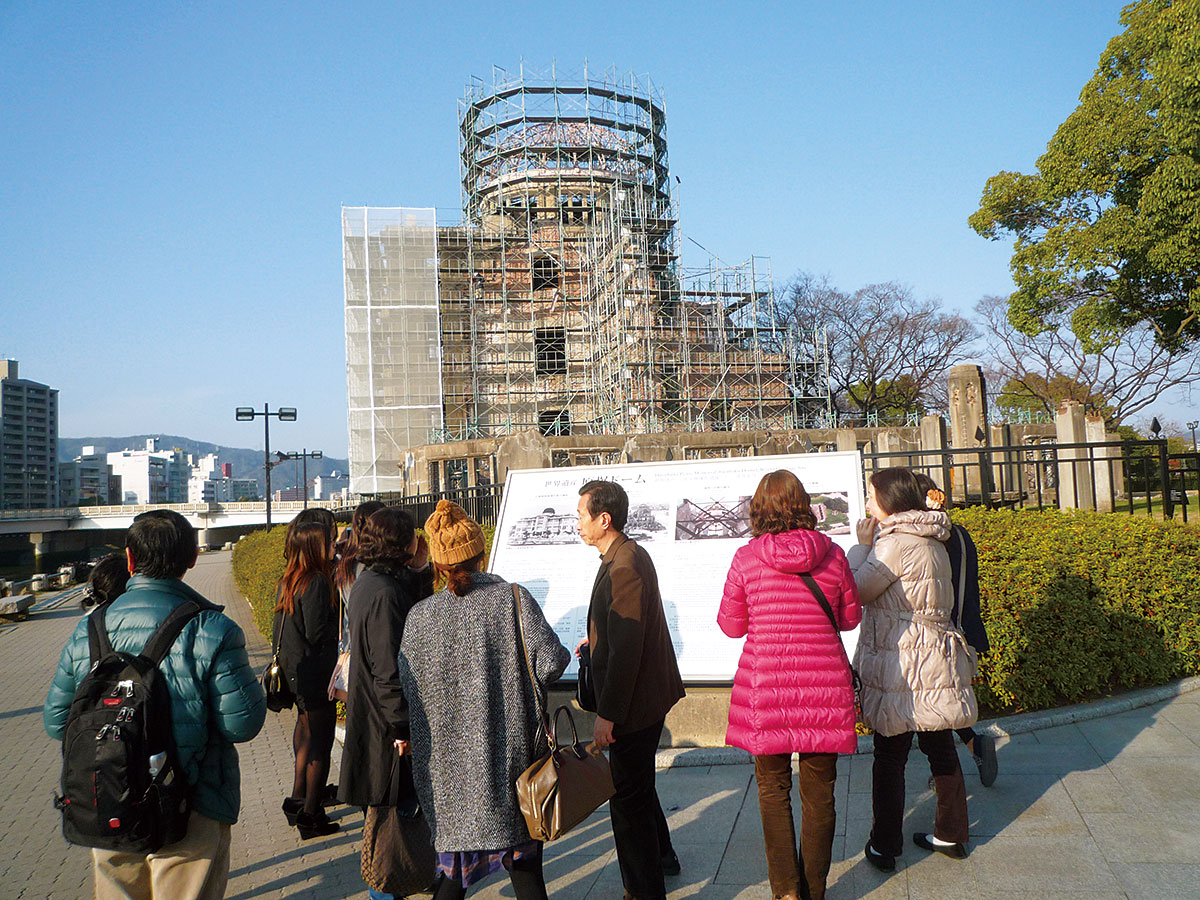
Atomic Bomb Dome, Hiroshima Peace Memorial Park
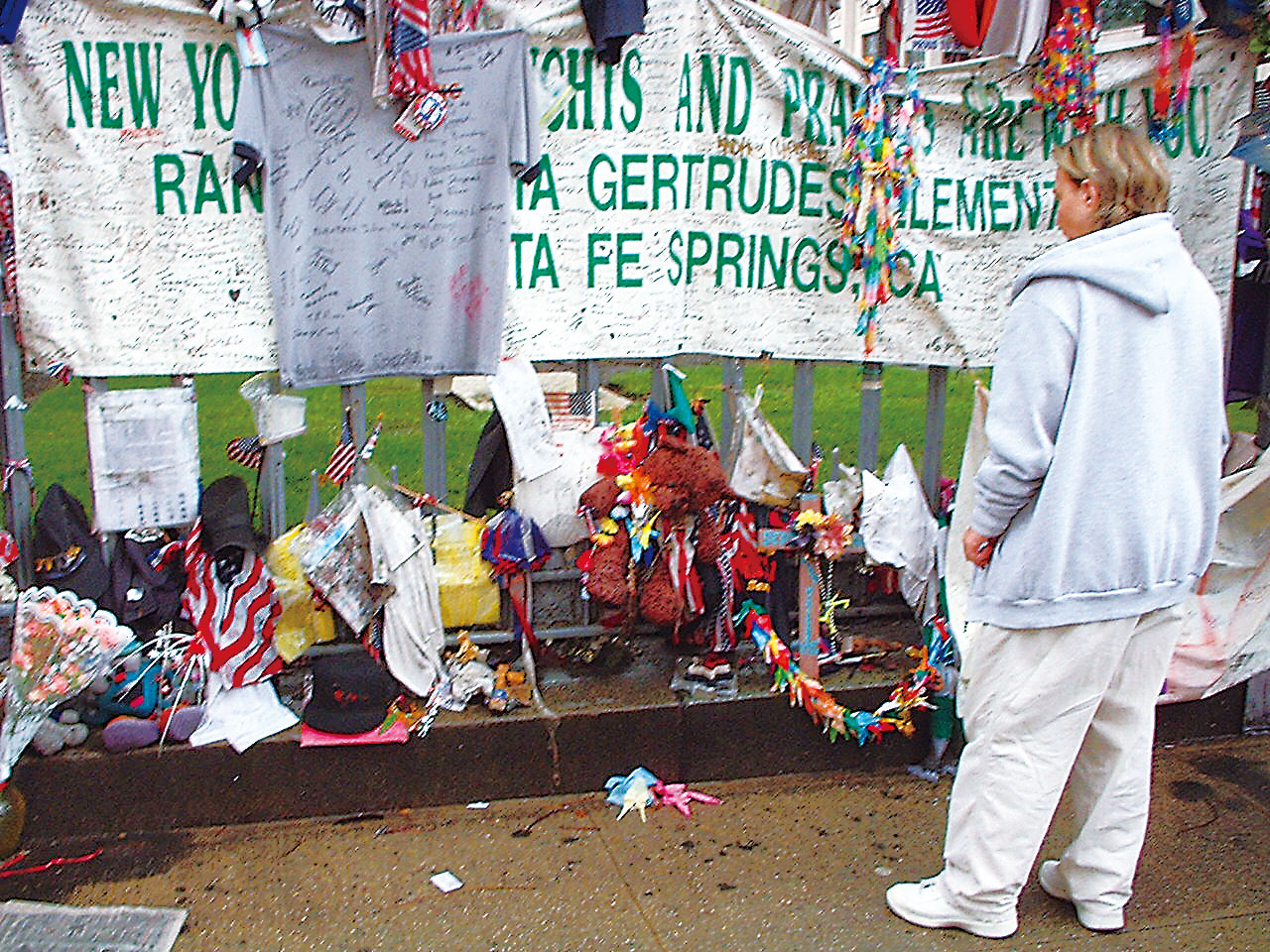
World Trade Center site (Ground Zero)
What is the difference between dark tourism and conventional visits to places of negative human heritage? Endo answers, "What is important is not the phenomenon of visiting negative heritage sites, but to make its objective and meaning tangible by summarizing it as a unified concept of 'dark tourism.' It can be called dark tourism only if people miss, grieve and pray for the people who experienced sorrow." In dark tourism, an event should be conceived as a “darkness," and it should be something that turns the tourist gaze towards it and evokes emotions such as sorrow, anger or fear. Even if a damaged site is preserved or is historically important, unless it is constructed specifically as "darkness for tourism," that place cannot be the subject of dark tourism. Endo introduces a vivid example, "Fort Siloso on Sentosa Island in southern Singapore was the site of a hard-fought battle when the Japanese military forces attacked Singapore. Currently, there is a Fort Siloso military museum, and guided tours are available. At the same time however, Sentosa Island is a popular resort where casinos, Universal Studios Singapore and Marine Life Park are all located. It is touted worldwide as a cheerful and enjoyable resort to visit, while any negative aspects as a war site have been nearly eliminated. What the darkness becomes depends on the actions of society."
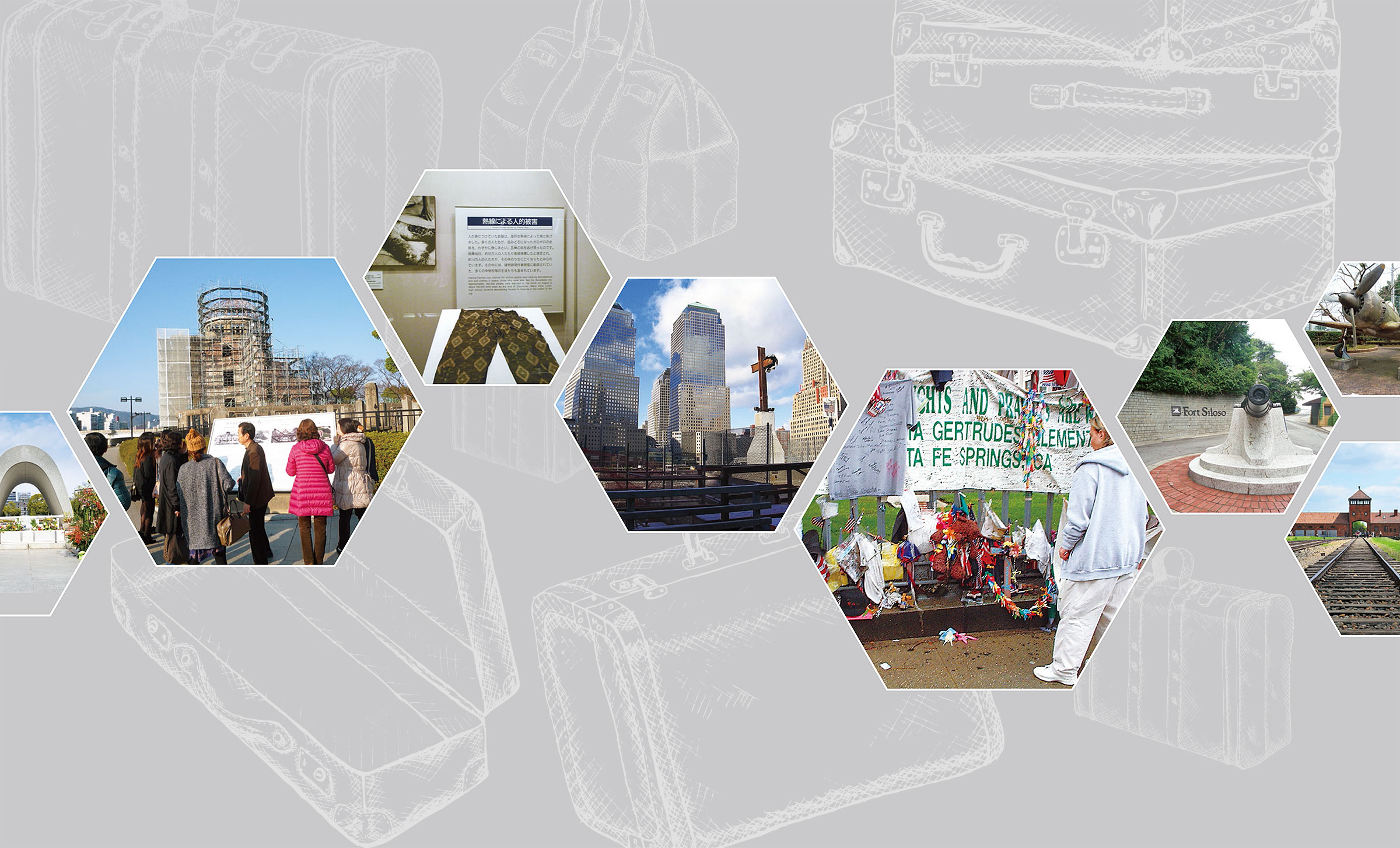
However, dark tourism that generates grief and sympathy for people who have experienced sorrow can become a mechanism to create a completely opposite effect if there is the slightest mistake. For this reason, there is criticism that turning negative human heritage sites into tourist destinations is exploitation of human sorrow for the sake of tourism.
"In this sense, dark tourism is deeply ingrained with people's ethical views," Endo says. Affected areas of the Great East Japan Earthquake of 2011, which is still fresh in the memories of people, is a site of death and suffering brought about by a natural disaster and the man-made element of the nuclear power plant accident. Some experts discuss the possibility of making this area a tourist destination of dark tourism, but Endo takes a wary position. "Making places for tourism where there still are people living in overwhelming sorrow seems to me a rather cruel act. Thinking about this, I think it is difficult to get too close to people's sorrow, at least when memories are still too fresh."
How will we take advantage of this new way of tourism, which attracts attention due to dark tourism? Endo is still searching for the answers.
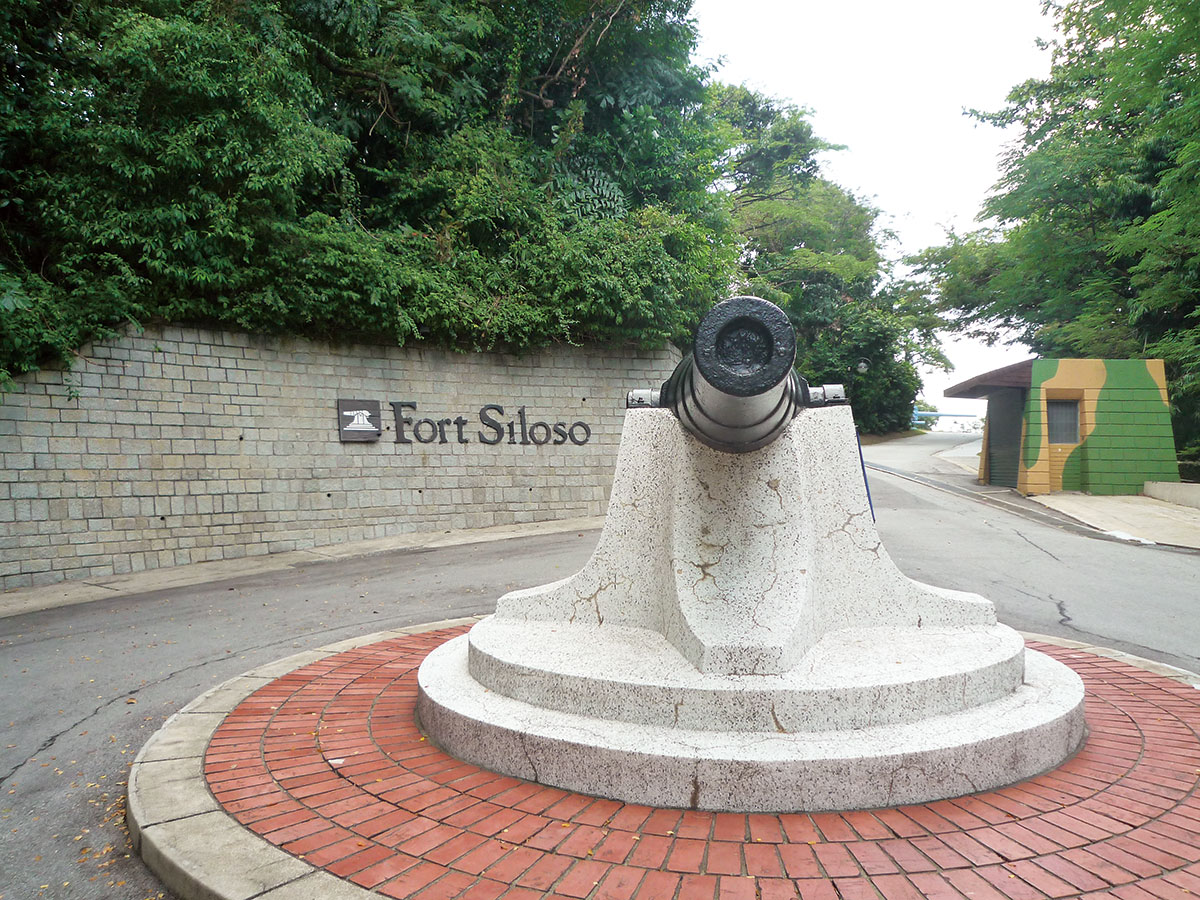
Fort Siloso, Singapore

Chiran Peace Museum
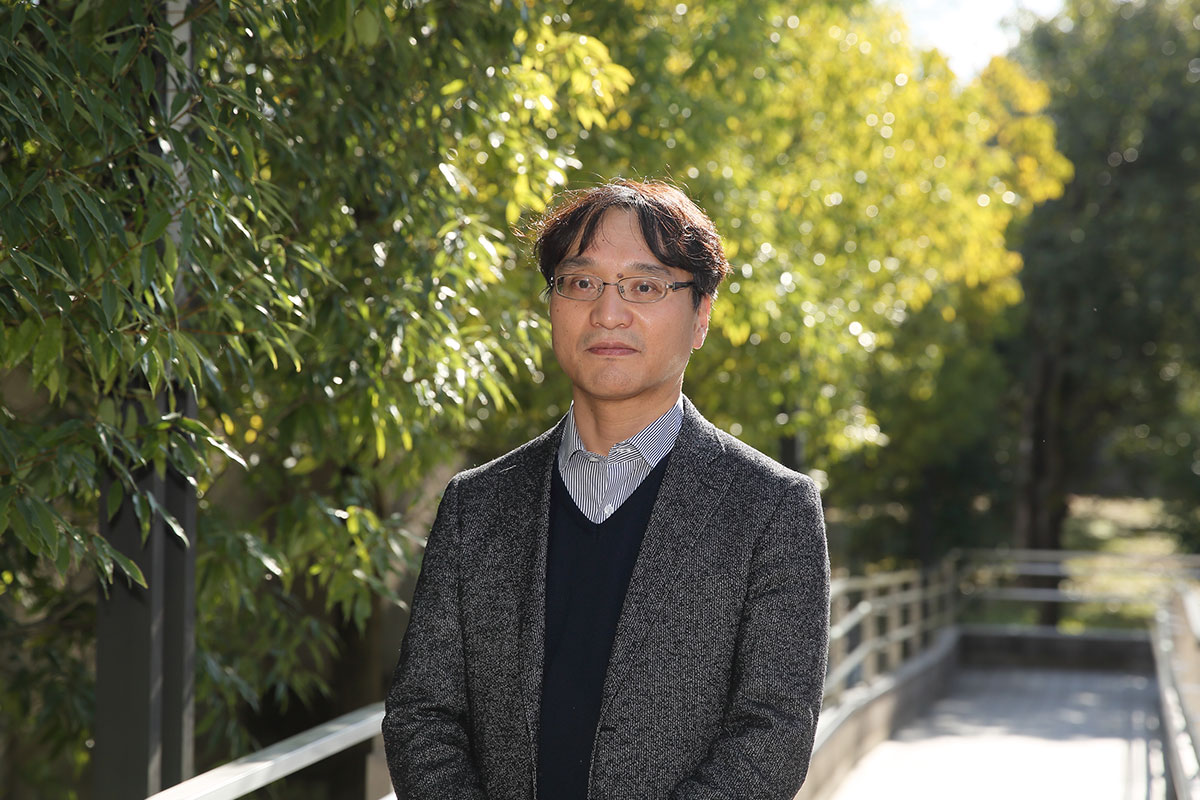
Hideki Endo
Professor, College of Letters
Subject of Research: Area study based on tourism, Study on interactions between tourism and popular culture, Study on touristic nationalism, "Touristic turn" in social and human sciences
Research Keywords: Sociology of Tourism , Studies on Tourism and Media Culture, Contemporary Cultural Studies, Social Survey Methods
